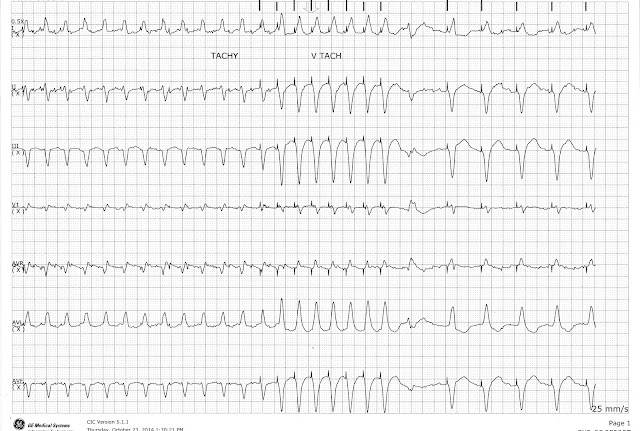A Dropped PAC

On this page a dropped PAC is seen following the 5th complex. If an impulse is initiated during the phase of relative refractory period an impulse may or may not produce a contraction. Generally, it takes a stronger than normal impulse to initiate a contraction.





















